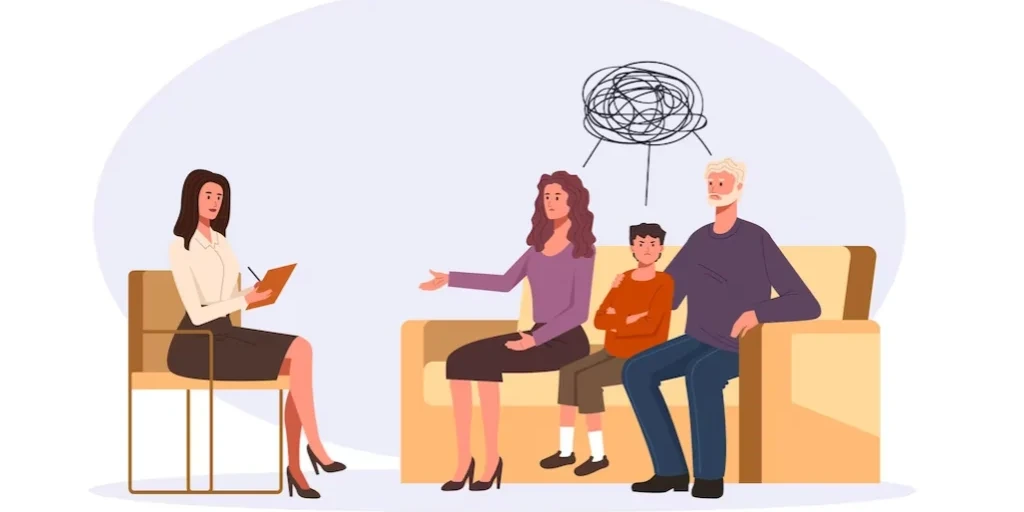is a vital resource for individuals struggling with substance abuse and addiction. The rehab centers in this region cater to a multitude of addictions, including alcohol, opioids, stimulants, and other drugs, alongside behavioral addictions such as gambling and sex addiction. The treatment approach typically encompasses a combination of medical detoxification, psychotherapy, counseling, and support groups, designed to help individuals transition from addiction to sobriety in a structured environment. Such centers emphasize the importance of a holistic approach to treatment, addressing not just the physical aspects of addiction, but also the psychological and emotional needs of patients. Historically, Inpatient Rehab centers in Jim Hogg have played a significant role in the ongoing fight against addiction in the United States. They have been instrumental in providing both immediate care and long-term solutions, helping thousands regain control of their lives. Today, these facilities continue to impact the community positively, fostering recovery and encouraging individuals to pursue healthier lifestyles. Navigating the journey to recovery is challenging, yet the Inpatient Rehab centers in Jim Hogg offer a beacon of hope, encouraging potential patients and their families to explore the available resources and support.
Learn more about Inpatient Rehab centers in Jim Hogg County







































